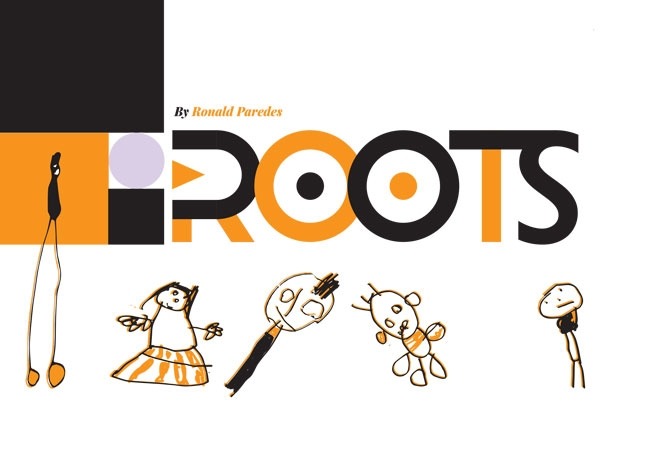It was 17 December, 1903, when a controlled and powered flying machine, built by the Wright brothers, called the “Wright Flyer 1”, on its third attempt of the day, took off, achieving a maximum distance and altitude of approximately 61 metres and 3 metres, respectively.
Although this was one of the most significant events in the history of human mass transportation in general, it was also the consequence of a very long period of trial and error, dating as far back as the 16th century, with Leonardo da Vinci’s sketches and studies of aerodynamics.
As with most stories of triumph and success, this was also filled with a tremendous amount of failure, by different people, during different periods, from many countries, utilising different approaches. It was failure after failure after failure, sometimes at the cost of lives.
Non-fulfilment has always been either the biggest driver or the strongest inhibitor of our creativity, depending on our perspective and attitude. We are raised to fear failure, and in some cases it can be is so strong as to completely shut down our thinking process, discouraging us from even making a first attempt. Since our early years of education, we are (mostly) taught that failure is to be avoided at all cost; it is associated with shame, a lack of character, laziness, underperformance, and many other damning attributes. This misconception is especially accentuated during our early teen years, when we are most sensitive to judgement and scrutiny from our peers, when we are most desperate to fit into our environment.
It has been argued at length that the undermining of our natural creativity is a result of most countries’ education systems, designed to make us fit into a societal pattern to satisfy specific socioeconomic demands, while also putting us under considerable pressure and fear.
This is terribly detrimental because our natural learning process varies from individual to individual. In a standardised education system, we are given very little room for experimentation and practically none for failure; an indispensable component of a healthy and natural learning process.
When we fail, our brain automatically goes into an analytical mode; if we are focused on the task in hand and committed to finding positive results, we will take all the information and reconfigure it to find new alternatives or possible solutions. In this scenario, failure becomes nothing to fear and instead an attempt, a step closer to what would be a final solution.
In other words, once we accept failure as an integral part of the learning or creation process and something to embrace, we give ourselves the opportunity to learn from it.
The great new is that it is possible to train yourself to deal with the inevitable eventuality of failure, and optimise your learning process, which most importantly, saves you time and the pain of dealing with negative emotions. We do this by:
1. Accepting that failure will inevitably happen and embracing it as a natural part of any process.
Just as martial artists are trained to deflect attack and use that energy to their advantage, you can train yourself to expect failure; not fear it and instead use it as a positive way of learning and gathering experience. 2. Not fearing the ridiculous; forget about what other people think.
There is no big success or originality without a certain amount of ridiculousness in its conception. Do not worry about what other people might think, they cannot possibly understand your personal process and what you have been through. Your personal and very own life experience is what gives you an unique perspective.
3. Trusting your gut, trusting your brain.
Your brain is designed to automatically organise and analyze all the information you feed to it; unless you sabotage it with negative thoughts and feelings, your brain will work to find alternatives and solutions.









